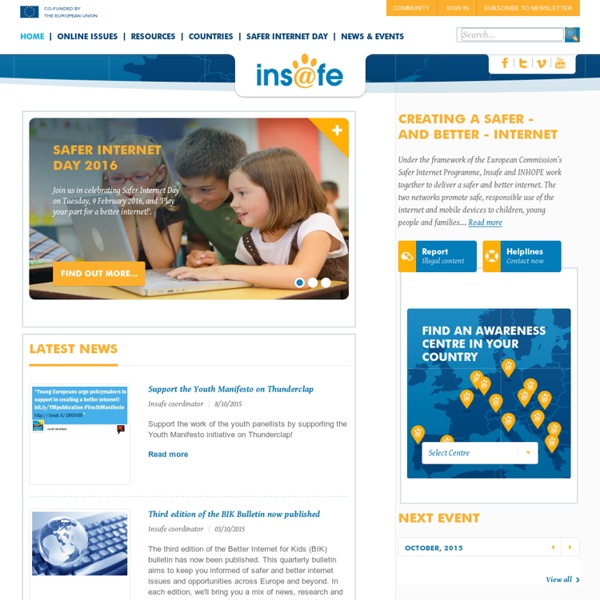



COSTE, CONSUMO Y GASTOS DE LOS JOVENES EN ACCESO A REDES SOCIALES ( TELEFONIAS, DISPOSITIVOS, ETC...) - Informe de Libros Informe de Libros: COSTE, CONSUMO Y GASTOS DE LOS JOVENES EN ACCESO A REDES SOCIALES ( TELEFONIAS, DISPOSITIVOS, ETC...) Ensayos de Calidad, Tareas, Monografias - busque más de 2.141.000+ documentos. Tags: Palabras: 527 | Páginas: 3 Views: 833 Un estudio relaciona el uso de las redes sociales con el consumo de drogas y afirma que los jovenes que pasan más horas conectados tienden a fumar cigarrillos cinco veces más, consumir el doble de marihuana, y beber el triple. Bien conocemos el término de " NIÑOS BÚNQUER ", por quien no conozca este término, son niños que pierden el contacto con su medio social real por pasarse todo su tiempo en Internet. Es imprescindible para los jovenes que esten conectados a las Redes sociales porque, aunque sea redundante, permite socializar ya sea con amigos actuales o nuevas amistades. ctualizados y que encuentren toda la informacion que les hace falta pasa su vida y para las tareas que tengan que realizar para la escuela.
Facebook acata la ley española y sube la edad para entrar en su red, de los 13 a los 14 Ampliar foto Alyssa Ravasio, una joven estadounidense que cambió MySpace y Twitter por Facebook, muestra su perfil social.REUTERS/Phil McCarten Una red social para niños En www.rtve.es/clan se abre un mundo virtual a los más pequeños. La "Comunidad Clan" es una red social pensada y diseñada para fomentar que los más pequeños de la casa se familiaricen y diviertan con las nuevas tecnologías. Facebook ha subido de los 13 a los 14 años la edad mínima para poder formar parte de esta red social en España, según ha informado la Agencia Española de Protección de Datos (AEPD) en un comunicado (ver pdf.). Hasta ahora, y siguiendo las leyes estadounidenses, Facebook fijaba en 13 años el mínimo a partir del cual los menores podían hacerse miembros de su plataforma. Los menores de 14 años sólo pueden formar parte de una red social previo consentimiento paterno Por el momento, España es el único país en el que Facebook ha incrementado la edad mínima para poder registrarse y ser miembro de una red social.
Redes Sociales e Identidad Digital — Portal de contenidos y cursos abiertos y gratuitos de la Universidad de Murcia Redes Sociales e Identidad Digital Como hemos visto en la actividad anterior, seguramente las herramientas de la Web 2.0 que más directamente ha influido en la sociedad y en la educación son las redes sociales. No sólo han impactado en nuestros usos tecnológicos, sino que han cambiado radicalmente muchas de nuestras prácticas sociales y personales de casi todos los colectivos sociales, por ello les dedicaremos una actividad específica. En este caso, el objetivo es no sólo analizar la realidad de las Redes Sociales en la Educación, sino documentarnos y poner a prueba nuestros conocimientos y opiniones enfrentándolas a las de otros en un debate formal. Para ello llevaremos a cabo en clase un debate Lincoln-Douglas (ver tarea). En primer lugar, profundicemos un poco en el estudio de las redes sociales. En primera instancia insistiremos un poco en el concepto e importancia de las Redes Sociales y la diferenciaremos de otros términos ¿Podemos leer algo más sobre esto?
El PP lanza una campaña contra el gasto 'excesivo' del Born | Barcelona El PP de Barcelona ha iniciado este jueves una campaña en las redes sociales contra el gasto "excesivo y desproporcionado" del Born Centre Cultural, con el objetivo de dar a conocer el dinero que se ha gastado el Ayuntamiento en su construcción -74 millones de euros- y el déficit que supondrá para la capital catalana. El líder del PP en el Ayuntamiento, Alberto Fernández, ha asegurado que el Consistorio reconoce que el equipamiento dejará un déficit anual de 2 millones, al prever 5 de gastos y 3 de ingresos, y ha afirmado que éste "irá aumentando" según vaya pasando el interés ciudadano por la inauguración. El cartel de la campaña, una imagen del edifico con su precio de construcción superpuesto y un pie de foto con el lema "Gasto libre", emula el de la conmemoración del tricentenario de los hechos de 1714, cuya divisa es "Vivir libre".